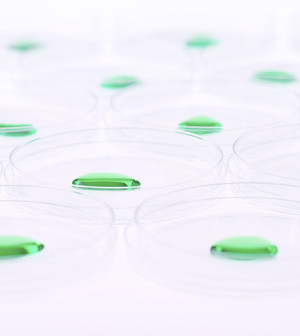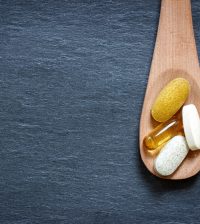Don't Miss
- Double Mastectomy May Offer No Survival Benefit to Women With Breast Cancer
- Toxic Lead Found in Cinnamon Product, FDA Says
- Certain Abbott Blood Sugar Monitors May Give Incorrect Readings
- Athletes Can Expect High Ozone, Pollen Counts for Paris Olympics
- Fake Oxycontin Pills Widespread and Potentially Deadly: Report
- Shingles Vaccine Could Lower Dementia Risk
- Your Odds for Accidental Gun Death Rise Greatly in Certain States
- Kids From Poorer Families Less Likely to Survive Cancer
- Tough Workouts Won’t Trigger Cardiac Arrest in Folks With Long QT Syndrome
- At-Home Colon Cancer Test Can Save Lives
Health Tip: When Food and Drugs Interact
By LadyLively on February 27, 2014


When food and drinks interact with medication, the medication may not work sufficiently or the drug can become too powerful as the body has trouble handling it properly.
The Academy of Nutrition and Dietetics mentions these common examples of food and drug interaction:
- Grapefruit juice interacts with several drugs and may affect the way the body metabolizes medication. Drugs that may interact with grapefruit juice include: some statins, antihistamines, thyroid medications, blood pressure medications, birth control pills, cough suppressants and medications that block stomach acids.
- Blood-thinning medications can interact with leafy green vegetables, affecting the blood’s clotting ability.
- Natural black licorice may interact with certain blood pressure medications and blood-thinning medications.
- Salt substitutes can interact with ACE inhibitors and digoxin.
- Tyramine (found in foods such as aged meats and cheeses, hot dogs and chocolate) can interact with some medications used to treat depression or Parkinson’s disease.
Source: HealthDay
Copyright © 2024 HealthDay. All rights reserved.










